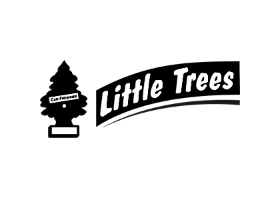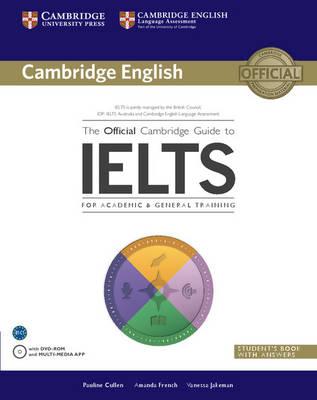1
Available Soon
Specifications
| Publisher | John Wiley and Sons Ltd |
| ISBN 13 | 9781444332551 |
| ISBN 10 | 1444332554 |
| Book Description | The first edition of Tropical Rain Forests: an Ecological and Biogeographical Comparison exploded the myth of 'the rain forest' as a single, uniform entity. In reality, the major tropical rain forest regions, in tropical America, Africa, Southeast Asia, Madagascar, and New Guinea, have as many differences as similarities, as a result of their isolation from each other during the evolution of their floras and faunas. This new edition reinforces this message with new examples from recent and on-going research. After an introduction to the environments and geological histories of the major rain forest regions, subsequent chapters focus on plants, primates, carnivores and plant-eaters, birds, fruit bats and gliding animals, and insects, with an emphasis on the ecological and biogeographical differences between regions. This is followed by a new chapter on the unique tropical rain forests of oceanic islands. The final chapter, which has been completely rewritten, deals with the impacts of people on tropical rain forests and discusses possible conservation strategies that take into account the differences highlighted in the previous chapters. This exciting and very readable book, illustrated throughout with color photographs, will be invaluable reading for undergraduate students in a wide range of courses as well as an authoritative reference for graduate and professional ecologists, conservationists, and interested amateurs. |
| Editorial Review | This well-written, superbly illustrated, book should be compulsory reading for politicians and international bureaucrats, because, however good the ecological science conducted in rainforest, it will be a matter of preaching to the converted if it remains in scientific journals and does not reach the broader public. (Austral Ecology, 11 July 2013) "Recommended. Lower-division undergraduates through graduate student; general readers." (Choice, 1 May 2012) "In summary: this is a fascinating book. I enjoyed it, I learned from it and I recommend it. It will be of value to academics, researchers and students, and, due to its accessible style and illustrations, it will appeal to many others too. Columbus would have found it helpful-but over half a millennium later so might many of us." (Frontiers of biogeography, 3 January 2011) |
| About the Author | Richard Corlett, a Professor at the National University of Singapore, has studied tropical rain forests in New Guinea, Southeast Asia, and southern China. His major current research interest is in how rain forest plants and animals survive in human-dominated landscapes. He has previously taught ecology at the University of Chiang Mai, in Thailand, and the University of Hong Kong, in China, and is author or co-author of several books on the ecology of the Asian tropics. Richard B. Primack, a Professor at Boston University, is the author of two leading textbooks in conservation biology and is the Editor in Chief of the journal, Biological Conservation. He has carried out research in Central America, Malaysia, and Australia, and is currently studying the impact of climate change on plant and animal communities. He is a former President of the Association for Tropical Biology and Conservation. |
| Language | English |
| Author | Richard T. Corlett |
| Publication Date | 1-Mar-11 |
| Number of Pages | 336 |
Tropical Rain Forests : An Ecological and Biogeographical Comparison Paperback English by Richard T. Corlett - 1-Mar-11
Added to cart
Cart Total AED 0.00


























































































































